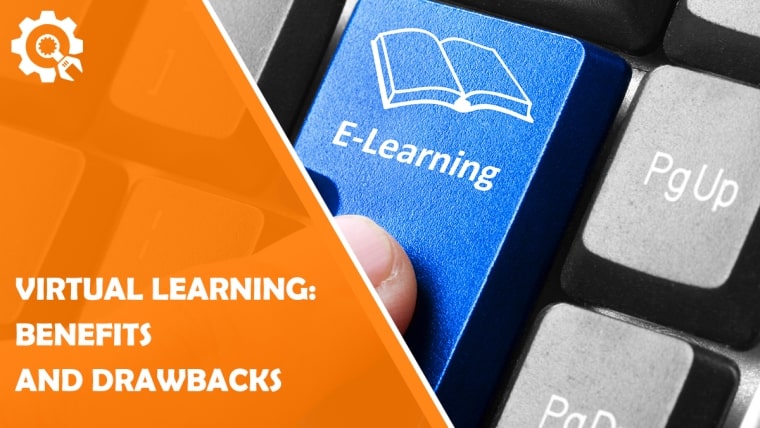The global pandemic has caused most education institutions to adopt virtual learning what has led to massive growth in online education. While traditional education has an instructor come into a classroom and teach the course, virtual learning is grouped based on the tools used.
Thus, the shift may not be temporary after all.
It’s projected that the e-learning market will be worth $50 billion by 2022. Besides, while over 30% of American students have enrolled in at least one online course, recent research shows that online education at the college level is superior to the brick and mortar learning.
So are the statistics mentioned above enough to motivate a student to shift to virtual learning, and is it suitable for everyone?
It’s not suitable for everyone just like one hosting provider is not suitable for every site. One thing that sets WPMU DEV’s hosting platform apart, is that as well as having all the hosting features you’d expect – it also comes built-in with 7 pro WP plugins – covering performance, security, backups, and more. Get 20% off any of their plans here.
Let’s look at the benefits and drawbacks of online learning.
There Are Many Types of Online Learning
While traditional education involves a teacher coming into a classroom and teaching the course, virtual learning is grouped based on the tools used.
The variety makes it easier for a learner to choose a method that will best enhance engagement and be more accessible to comprehend the course material.
Common types of online learning include:
- Asynchronous online courses – learners get the course material and assignments with a deadline. It’s ideal for students with busy schedules.
- Hybrid education combines virtual and traditional learning, allowing online and in-person interaction.
- Synchronous online courses – instructor and students interact online through text or video chat.
Through virtual classes, teachers can deliver educational material to students and give feedback in real-time while mimicking the traditional classroom setting. Students have the advantage of learning at their own pace and eliminate the shame where an individual feels they are lagging in class. Those who want to sharpen their academic writing skills can hire the services of an essay writer and get a paper that teaches how to work on a particular task.
Freedom to Study from Anywhere
Accessibility is one of the top reasons learners choose virtual classes over traditional ones. Given the many forms that virtual learning can take, it gives the student the freedom to learn from anywhere in the world.
Students also get to pick a time they feel they can learn best without quitting their jobs or interfering with a hectic schedule. Working adults, including those with a family, will find virtual lessons suitable for them. Even students that frequently travel but want to pursue a specific subject will not have to deal with the frustration of missing class as they can use the student portal to access learning materials.
Sharpening of Digital Skills
Did you know that digital skills are the foundation of the future global workforce and are essential for the student’s success?
Examples of digital skills include programming, data visualization, cloud-based collaboration, communicating via emails and other modern tools, data analytics, e-commerce, and information security.
Current and future employers go for job applicants with digital skills. Thus, students who take online classes learn how to use emerging technology which sharpens their digital skills. As a result, it gives them a competitive advantage in the job market. However, the digital skills of a learner have to evolve with technology.
Increasing of Inclusivity
With virtual learning, even shy and disabled students have the convenience of being educated. Physically challenged learners no longer need to travel many miles to attend classes. Therefore, with virtual learning, the inconvenience of commute is eliminated.
Learners have easy access to all the educational material they need at the click of a button in the comfort of their homes what allows learners to pursue the course they want freely without any discouragements. As a result, students thrive more in a virtual learning environment.
Drawbacks
Virtual learning hinders socialization which is crucial for the growth of students, especially those in lower education levels. It reduces productivity and increases the odds of a learner’s negative perception of education. It can also increase loneliness and feelings of isolation. With tech problems becoming frequent, it becomes challenging for a learner to focus.
Furthermore, with the teacher not being there physically, a student may easily get distracted, which leads to low engagement. When the course material is in a form that doesn’t appeal to the students learning style, it impedes knowledge retention, affecting academic performance.
To thrive in a virtual learning environment, both student and educator must work together. Knowing the above benefits and drawbacks gives students a clear picture of whether virtual classes will help meet their educational needs and goals.
